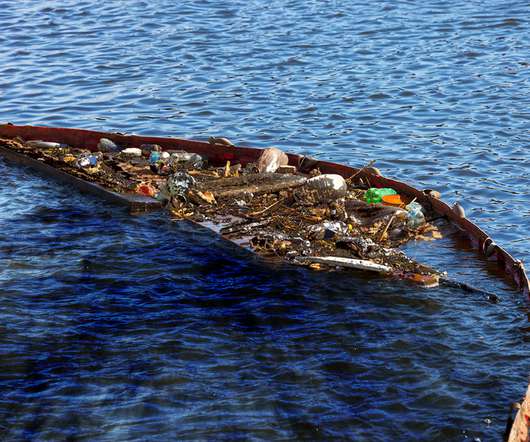Supreme Court Sidelines Science, Threatens Public Health: These Rules-in-Progress Show What’s at Stake
Union of Concerned Scientists
JULY 9, 2024
Hydrofluorocarbons (HFCs) were developed to replace a type of chemical that impacted the ozone layer in our upper atmosphere, but these replacements are potent greenhouse gases. There are a variety of rules under review that would require tighter controls and also help companies to find safer alternatives.












Let's personalize your content